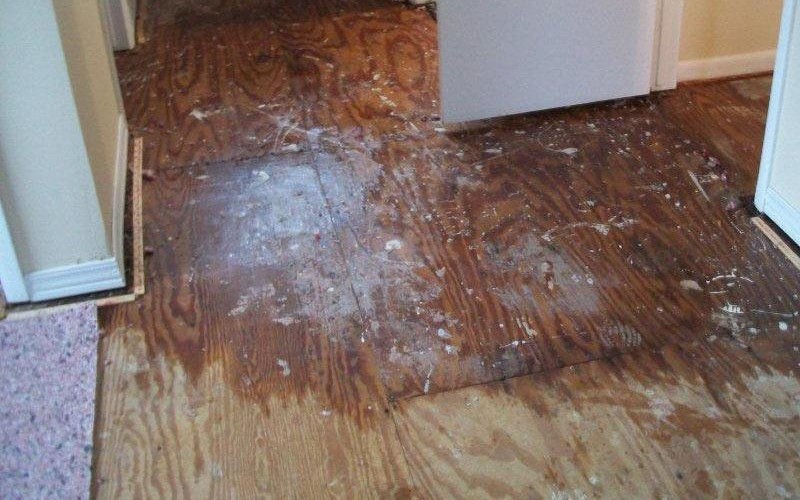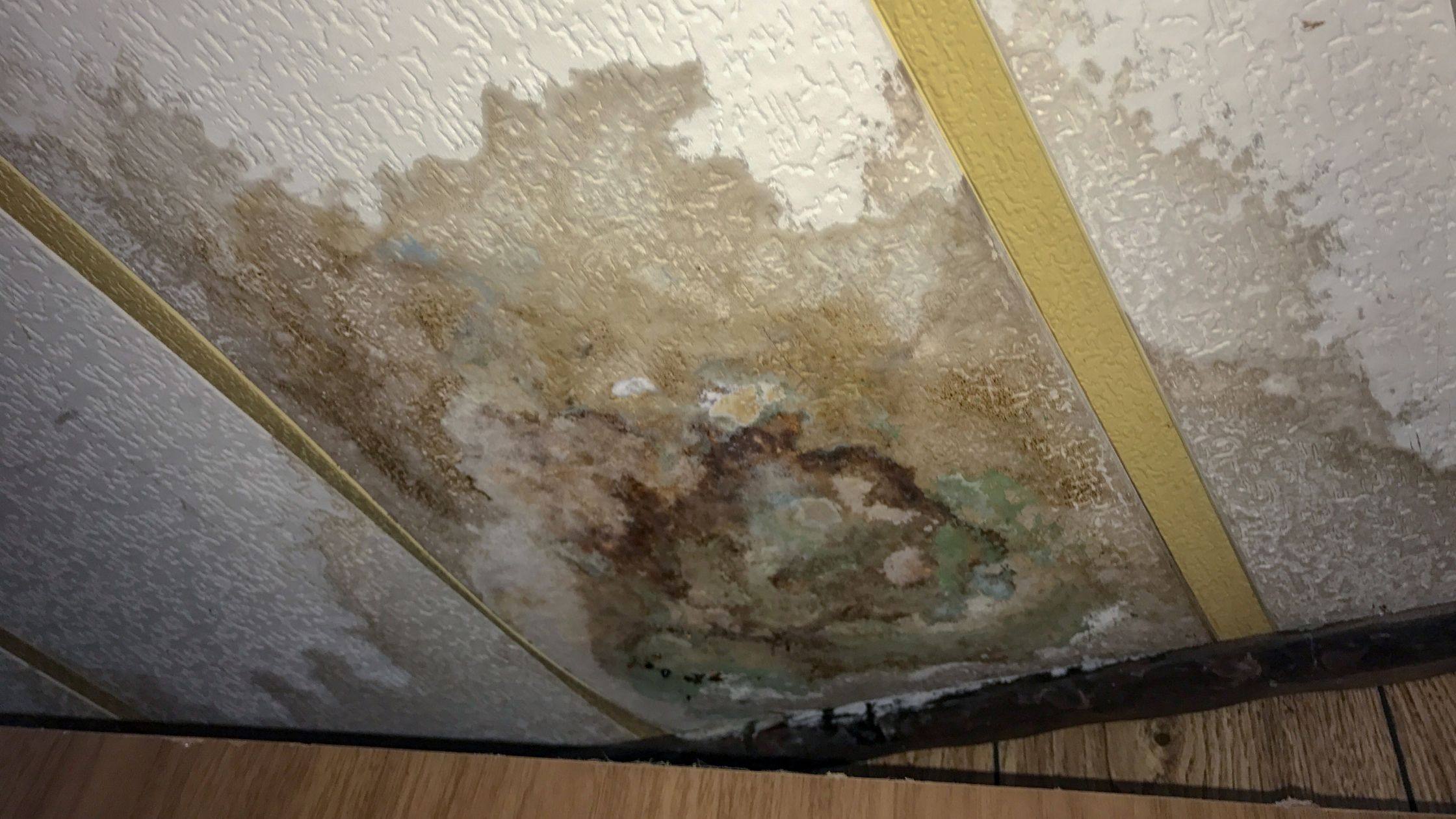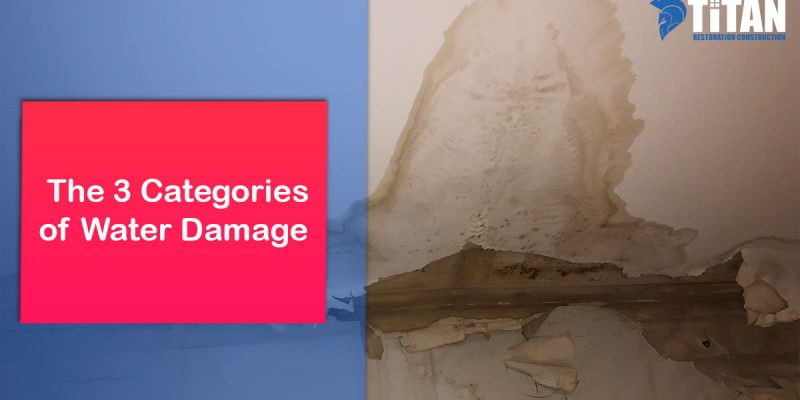24/7 Emergency Water Damage Restoration Services for Urgent Needs
The Process of Water Damage Clean-up: Ensuring Your Home Is Restored Efficiently
Water damages can be an overwhelming difficulty for home owners, necessitating a precise and organized cleanup process to restore safety and performance. A comprehensive evaluation is essential to determine the extent of the damage and figure out the appropriate remediation measures. Following this, reliable water extraction methods play a crucial function in alleviating more damage. The subtleties of drying, sanitizing, and ultimate restoration are similarly important and often ignored. Comprehending these phases can make a considerable distinction in the outcome of your home's reconstruction, motivating a closer take a look at what each action requires.
Evaluating the Damages
Upon finding water damages, the primary step is to thoroughly evaluate the level of the effect. This first analysis is vital, as it aids identify the required steps for efficient clean-up and repair. Begin by inspecting the impacted areas, consisting of walls, ceilings, floorings, and individual items, to determine the source of the water breach, whether from flooding, leaks, or condensation.
Documenting the damage is essential for both insurance cases and intending reconstruction efforts - damage restoration services. Usage pictures and composed notes to record the extent of the damage, noting any afflicted architectural elements and products. Pay unique attention to areas that may not be right away noticeable, such as behind walls and under carpets, as hidden dampness can result in more complications, including mold and mildew growth
Additionally, evaluate the timeline of the water direct exposure. Ultimately, a comprehensive evaluation lays the foundation for an effective water damage clean-up process, guaranteeing that all impacted areas are resolved efficiently and thoroughly.
Water Removal Techniques

Experts generally utilize completely submersible pumps for bigger quantities of water, which can quickly alleviate flooding in cellars or various other affected areas. For smaller quantities, wet/dry vacuum cleaners are typically made use of to draw out recurring wetness from carpetings and tough surface areas. Additionally, making use of portable extractors permits for targeted removal in restricted spaces or locations with delicate products.
In instances of polluted water, such as sewer or floodwater, advanced extraction strategies might entail making use of biohazard equipment to make sure safety and security and compliance with health guidelines. High-powered extraction devices are essential in reducing water retention in structural materials, which can cause mold growth and architectural damage otherwise dealt with promptly.
Ultimately, the efficiency of water removal strategies plays a pivotal role in the general success of the water damages cleaning process, preparing for subsequent reconstruction efforts.
Drying and Dehumidification
Once standing water has been successfully extracted, the next vital phase in the water damages cleanup procedure is drying and dehumidification. This step is essential to stop more damages and mold growth, which can occur within 24 to 2 days in damp environments.
To achieve effective drying out, specialized tools such as industrial-grade air moving companies and dehumidifiers is utilized. Air movers circulate air across damp surface areas, boosting dissipation rates, while dehumidifiers reduce moisture levels airborne, advertising a helpful environment for drying. The mix of these devices guarantees that dampness is drawn out from floorings, walls, and home furnishings, permitting them to completely dry completely.
It is essential to keep an eye on the drying procedure carefully. Experts commonly use dampness meters to assess the wetness content in various products, making sure that all affected areas get to appropriate dry skin levels. This careful approach assists to stop covert moisture pockets that can result in architectural damages or undesirable mold and mildew growth.

Cleansing and Sanitizing
After the drying out and dehumidification Recommended Site phase is complete, the following important action in water damage cleanup is cleaning and sterilizing the affected locations. This process is critical to stop the growth of mold, germs, and various other virus that flourish in damp environments.
The cleaning stage normally includes eliminating any debris, dust, and pollutants from surfaces using specialized cleansing representatives. For tough surfaces, a mix of soap and water or business cleaning products is usually employed. Soft products, such as upholstery and rugs, may need more extensive cleaning methods, consisting of steam cleaning or deep extraction strategies, to ensure comprehensive sanitation.

Sterilizing complies with cleansing, utilizing EPA-approved disinfectants to remove hazardous microorganisms. This step is necessary, particularly in locations that might have entered contact with floodwaters or sewer, as these sources can posture severe health threats.
Furthermore, it is necessary to attend to any kind of remaining smells, which might need making use of smell neutralizers or advanced techniques like ozone therapy. Appropriate cleansing and sterilizing not just recover the safety and security and health of your home but likewise lay the groundwork for effective remediation and repairs in succeeding stages of the water damage cleaning procedure.
Reconstruction and Fixings

As soon as the evaluation is full, repair efforts can begin. This normally includes fixing or replacing broken materials, making certain that all job abides by local building regulations and requirements. If drywall has actually been endangered, it will need to be eliminated and replaced with new product. In addition, flooring may need similar focus, depending upon the level of water exposure.
It is vital to involve experienced restoration experts throughout this process, as they possess the knowledge to manage complicated repair services successfully. In addition, they can assist minimize possible future issues, such as mold and mildew growth or structural instability, thus guaranteeing a secure and habitable living setting. Ultimately, reliable remediation and repair work restore the home's honesty and improve its total value.
Conclusion
In conclusion, the procedure of water damages cleaning is vital for restoring here are the findings a home to its pre-damage condition. Each stage, from examining the damage to implementing efficient water extraction methods, adhered to by complete drying out, sterilizing, and essential repair services, plays an essential role in guaranteeing safety and conformity with structure requirements. Reliable execution of these steps not just alleviates immediate damages yet also enhances the long-lasting stability and worth of the residential or commercial property.
Water damages can be a difficult obstacle for house owners, requiring a precise and structured clean-up procedure to bring back security and performance. Eventually, a detailed assessment lays the foundation for a successful water damages cleaning process, guaranteeing that all affected areas are resolved properly and completely.
Reliable read more water removal strategies are necessary in reducing damages and avoiding additional difficulties following a water intrusion occasion.In conclusion, the process of water damage cleanup is critical for recovering a home to its pre-damage condition. Each stage, from analyzing the damages to applying effective water extraction strategies, adhered to by thorough drying, disinfecting, and needed repair work, plays an important duty in making sure safety and compliance with building standards.